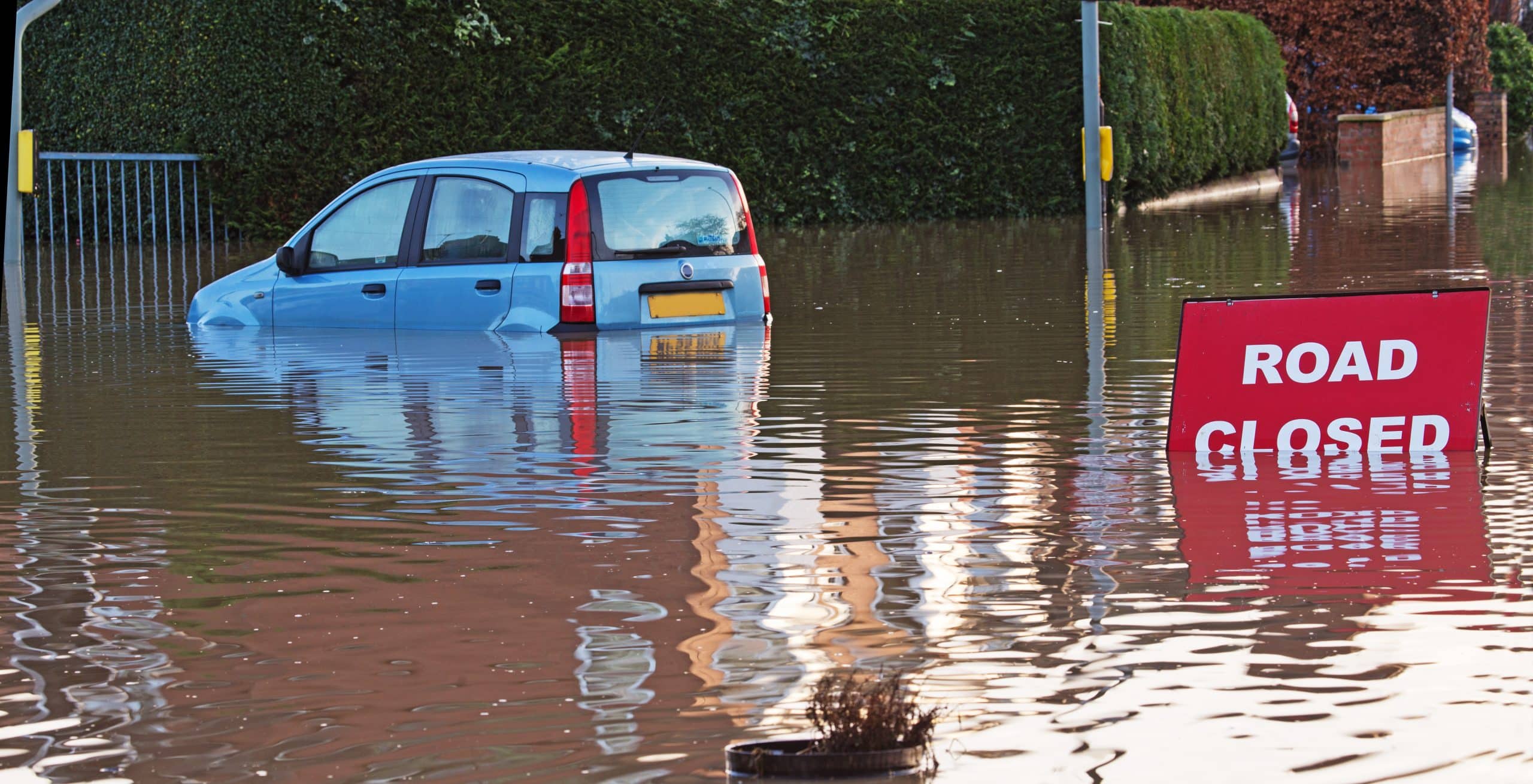The following blog by Copart UK’s Managing Director, Jane Pocock, recently featured in Insurance Post.
Earlier this year parts of the UK were under water and serious flood warnings are becoming more commonplace, writes Jane Pocock, Managing Director, Copart UK.
It is understandable that homes and commercial property are at the top of the list when it comes to reinstatement, from both the policyholder and insurer point of view.
The priority is getting people back into their homes, and businesses back to work, as quickly as possible to limit stress, disruption and financial loss.
But when it comes to vehicles, the opportunity to restore and maximise value is often overlooked by insurers that don’t realise how many can be repaired, restored and sold delivering maximum value.
Contamination is probably at the top of the list of reasons why so many vehicles are given a Cat B rating (written off) following flooding – if a desktop engineer can’t see a floodline they’ll naturally err on the side of caution. But there are now decontamination processes so sophisticated that flood-damaged vehicles can be cleaned to food hygiene rating standards and provided with the appropriate certificates to validate that.
This means they can be restored and sold, maximising returns for insurers and minimising waste. Routing vehicles through this process can deliver an increase in salvage sale returns of thousands of pounds.
In order to limit damage and maximise the potential for restoration and sale, the quicker a vehicle is recovered from a flood the better – so having a specialist team ready to respond immediately to flooding incidents is essential. With flooding incidents on the increase due to climate change and the growth in building in flood zones, there is little doubt that there will be a future increase in the numbers of flood damaged vehicles.
So, if these types of cars continue to be written off unnecessarily, the potential loss in salvage value can only grow unless there’s more focus on the skills and processes now available to restore vehicles and release their full value. This means engaging with a flood response strategy and developing partnerships between insurers and salvage firms that encompass robust planning and preparation, so that everyone is ready for immediate or “rising tide” events, and resources and communications are fully co-ordinated.
There needs to be a surge management team that is always on standby to immediately assess the impact of an incident and executes a plan to recover vehicles as quickly as possible, and a dedicated response unit that can that can be sent to the affected location and used as a “pop up” office.
You need to have a team of centrally co-ordinated roamer recovery drivers who can be immediately deployed to the affected areas where they’re needed most, and to be able to call on the services of a reliable sub-hauler network who can support collection operations during periods of exceptional demand and to handle unusual vehicles.
And you also need access to expert vehicle contamination processes to ensure that flood-damaged vehicles are restored to their optimum state. With all that in place, there can be speedy restoration and better value recovery.
Flooding can’t be prevented, but with the right planning and processes in place, the fallout and waste arising from flooding events can be better managed to the benefit of insurers and their customers.
Source: Insurance Post
Find out more about Copart at https://www.copart.co.uk


